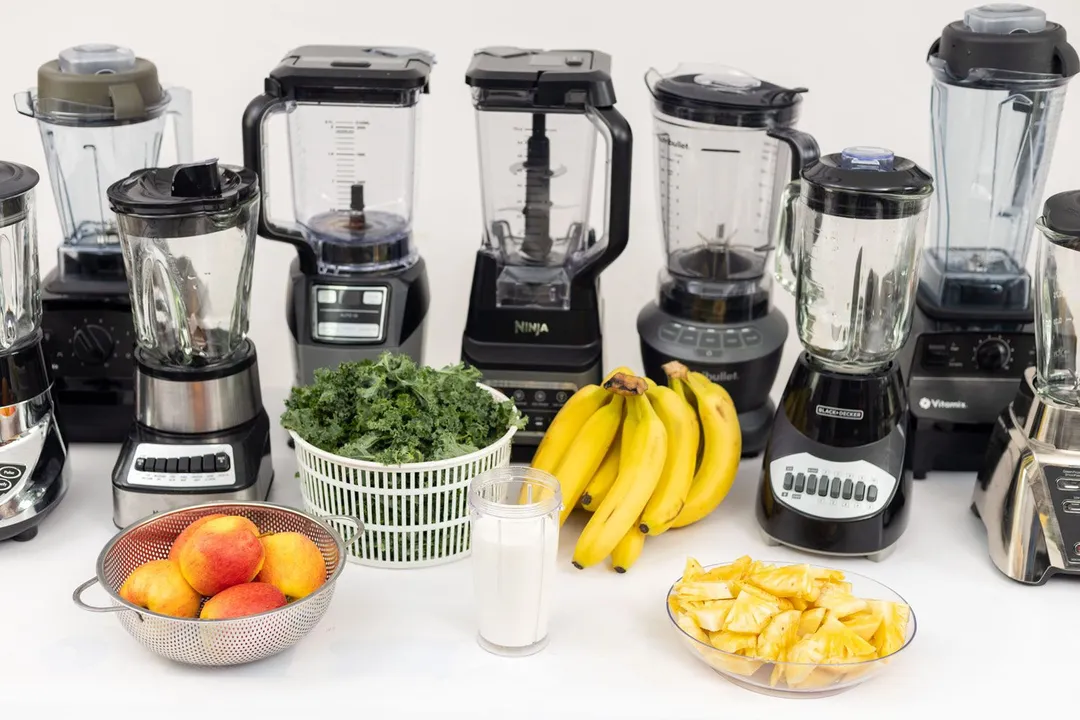Our recommendations are made independently through Research & Testing. We may receive commissions from purchases made via our links.
Almond Butter Test for Full Size Blenders
The blender’s quality significantly affects the ease of making almond butter at home. Mediocre blenders may fail to fully blend the almonds, leaving gritty or chunky pieces, and leading to an unappetizing, lumpy texture. As such, we decided to develop this test and constructed it on a myriad of models.
This test is part of How We Test Our Full-Sized Blenders v1.0
Our almond butter has a spreadable, paste-like consistency. While creating it is a straightforward process, constantly achieving a desired texture can be a predictable challenge. This difficulty may result from the hardness of almonds, which is quite tricky to grind down, especially for blenders that lack sufficient power. The high oil content of almonds also necessitates a product that can emulsify the oil and incorporate it uniformly throughout the mixture at the same time.
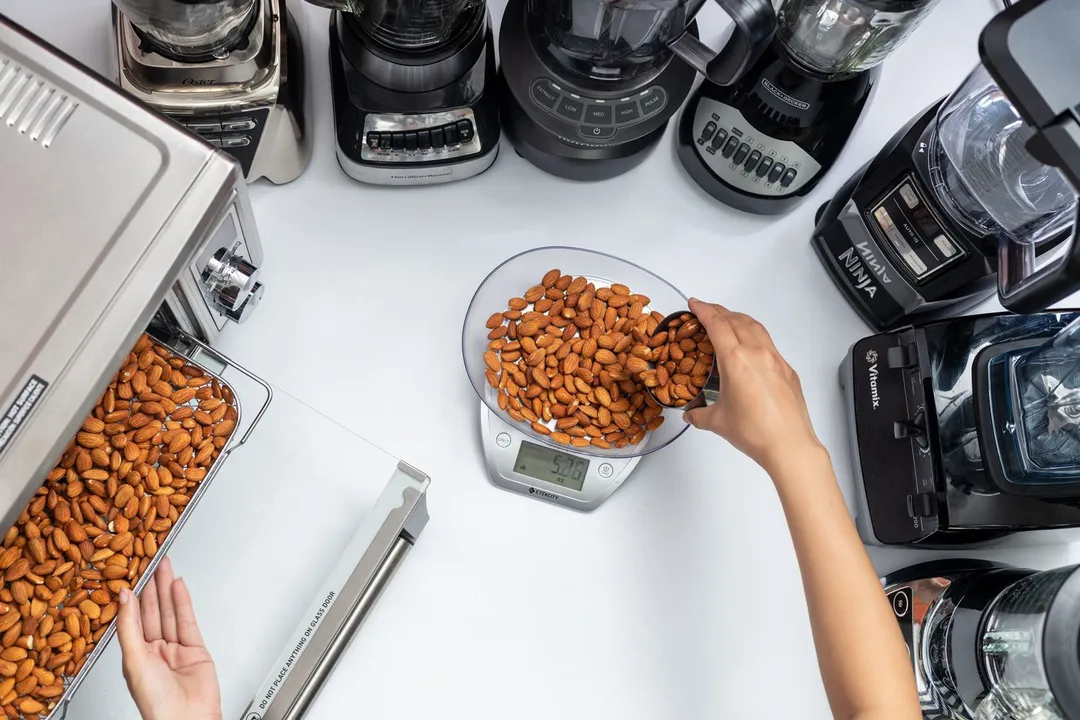
For the most part, the blender’s quality significantly affects the ease of making almond butter at home. Mediocre blenders may fail to fully blend the almonds, leaving gritty or chunky pieces, and leading to an unappetizing, lumpy texture. As such, we decided to develop this test and constructed it on a myriad of models. In the end, we can say for sure that the insights we gleaned from the final results are useful enough to help you make informed decisions about the most suitable full-sized blenders for your almond butter-making needs.
Why the Almond Butter Test Matters
The test examines the processing time and resulting texture of each blender to provide a thorough evaluation of its efficiency in making almond butter.
As a matter of fact, constant use of the device at a time will generate heat and place strain on its motors, which then lead to overheating or even motor failure. Therefore, this test also assesses the blender’s durability and reliability when used continuously, as making almond butter often takes a considerable amount of time.
Simply put, by conducting this test, we can determine which blender can withstand continuous operation so you may achieve a smooth and consistent texture without compromising your product’s longevity.
The rationale behind choosing almond as the nut of choice for testing the blender's butter-making capability is also worth considering. As we learned from our research, almonds are a commonly used ingredient in spread preparation, thus making this test a good way to assess the blender's real-world practicality. Furthermore, almond is one of the hardest nuts to blend so the blender's ability to deliver a smooth paste-like consistency will serve as an apparent indicator of its overall effectiveness. If any machine proves capable of handling almonds with ease, it is less likely to have much trouble with other nuts.
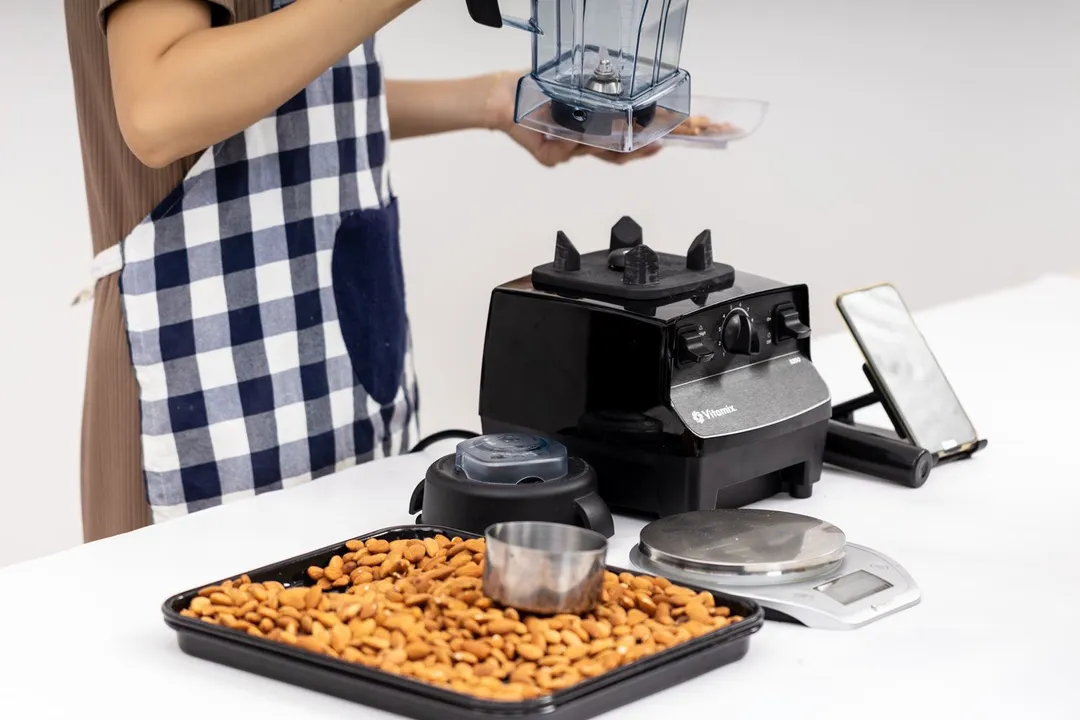
Testing Recipe
- 2 cup roasted almonds
Testing Procedure
The testing process begins by rinsing the almonds with filtered water, followed by air-drying, and roasting them in the Cosori CO130-AO toaster oven for 10 minutes at 350°F, excluding the preheating time. Once the roasted almonds are ready, we place them into the container, secure the lid, and then start the blender at its highest speed.
During the blending process, we use a tamper supplied with the blender to press the ingredients into the blades. This approach proved effective in facilitating a quick, uniform blend. However, in cases where a blender does not include this add-on, we would modify this step by pausing the blender and using our own spatula. Note that neither the pausing time nor the lack of a tamper is factored into the overall performance’s rating.
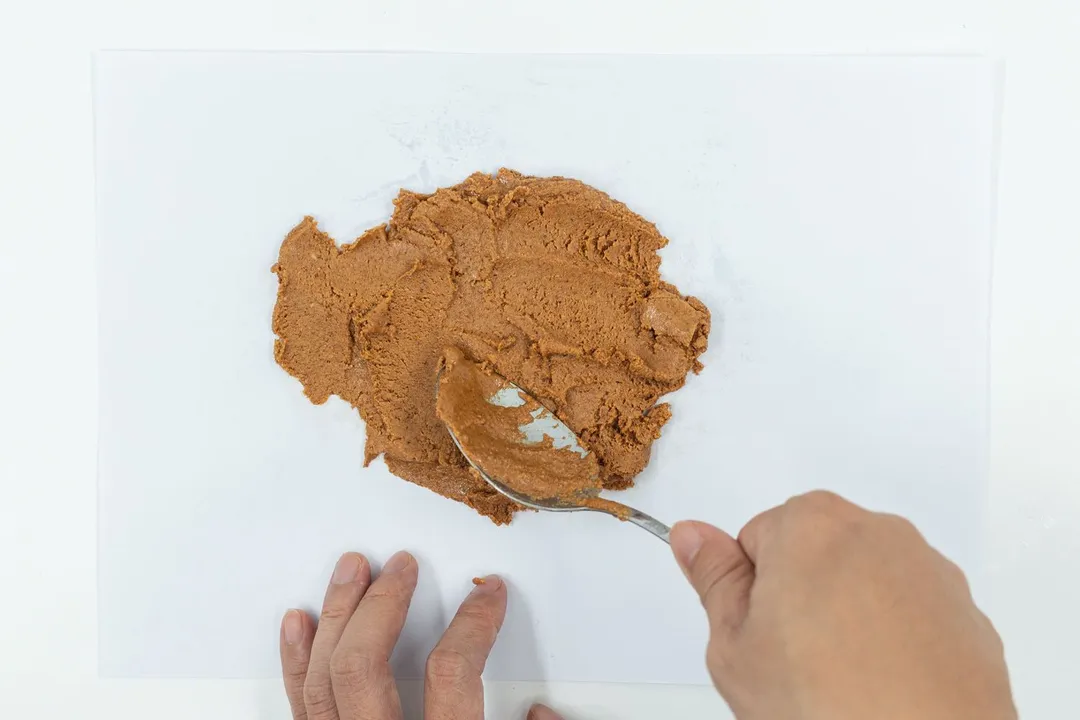
There isn’t a specific worth of runtime for each blender. The test will end when the spread reaches its optimal consistency or when we determine the blender cannot get any further improvement. This may occur when small pieces of almonds just remain stuck around the container and are not effectively drawn into the blades.
Scoring Scale of the Almond Butter Test
This test makes up 20% of the overall performance score and is measured on a 0-10 scale. The performance of each blender was evaluated based on two key factors: blending time (50%) and blended results (50%). These factors are of equal importance in determining the overall performance of a blender as they contribute to the overall user experience and satisfaction. It is essential to note that a longer blending time does not necessarily guarantee smoother results, and vice versa. Hence, both components must be considered with equal weightage when rating a blender's performance.
Blending Time Score (50%)
While the blending time score may seem like a straightforward metric, it is actually a crucial factor in determining a blender's performance. A long blending time can be frustrating for the user and can impair the overall user experience. Additionally, it can also be an indication of a lack of power or inadequate blade design, which can lead to inconsistent blending results when it comes to preparing other spreads.
To determine the blending time score, we record the time it takes for the blender to achieve a smooth and creamy consistency. The score is calculated based on how quickly the blender is able to achieve the desired results, with a shorter blending time earning a higher score and a longer blending time receiving a lower score.
Score Breakdown
- ≤ 1 minute: Creating a spreadable almond butter involves a multi-stage process, from grinding the almonds to emulsifying the oil to achieve a smooth, creamy texture. As a result, this task typically takes longer than other blending tasks. However, we’ve found some blenders that can significantly reduce the blending time to just one minute. Given such an exceptional performance, we have awarded them a maximum point.
- ≤ 2 minutes: 9 points
- ≤ 3 minutes: 8 points
- ≤ 4 minutes: 7 points
- ≤ 5 minutes: 6 points
- ≤ 6 minutes: 5 points
- ≤ 7 minutes: 4 points
- ≤ 8 minutes: 3 points
- ≤ 9 minutes: 2 points
- ≤ 10 minutes: 1 point
- More than 10 minutes: 0 points
Blended Result Score (50%)
We score the blended result of each blender based solely on its texture, which can be categorized into one of the following three variants:
- Velvety: We award 9-10 points for the almond butter that has a smooth, creamy texture and spreads easily on bread or crackers.
- Smooth: The almond butter may still be spreadable, but has some tiny pieces of almond present, giving it a slightly textured and chunky feel. We give it 7 to ≤9 points
- Coarse: The almond butter is gritty and contains noticeable chunks of almonds. It may be difficult to spread and has a rustic feel so we allocate less than 7 points to it.
- Dry and powdery: If the blender cannot emulsify the oil, the resulting almond butter may have a dry and crumbly texture with little to no visible oil. We award it zero points.
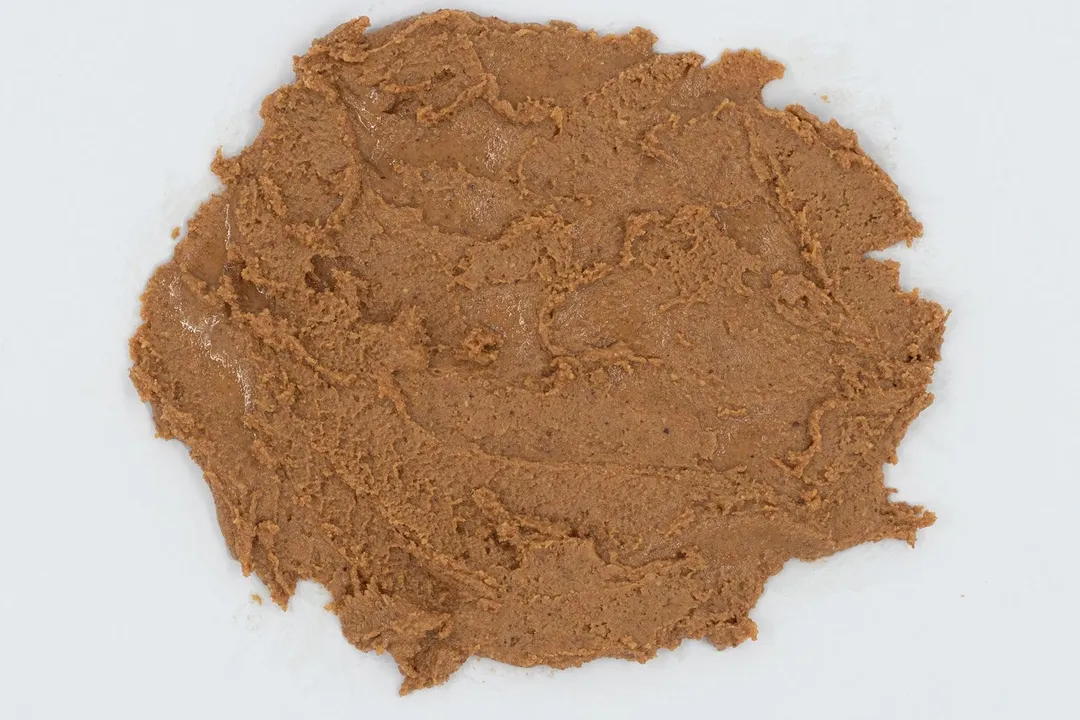

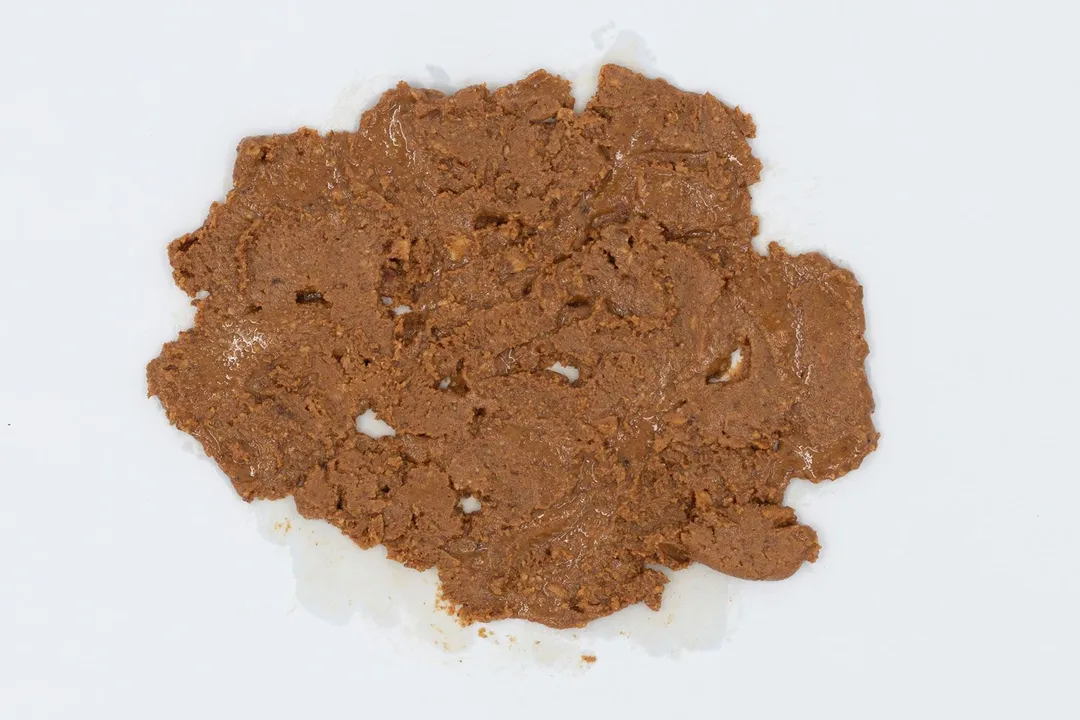

Test Developers
Tina Pham is a staff writer and reviewer, with five years of experience in the industry. As a passionate amateur home cook, she loves to discover practical cooking solutions, and has made it her mission to bring her findings to every kitchen. Her ultimate goal is making cooking more of a pleasure for all.
Lap is Head of the Research, Testing, and Review Team (RTR Team) at HealthyKitchen101.com, where he directs and supervises the testing of kitchen gadgets and appliances.
Nguyen Ntk is a graphic designer, photographer, and videographer whose philosophy centers around respecting and celebrating the beauty of reality. Through his lenses, Nguyen strives to capture the true essence of objects and events, showcasing and highlighting authentic features without distortion or exaggeration.





